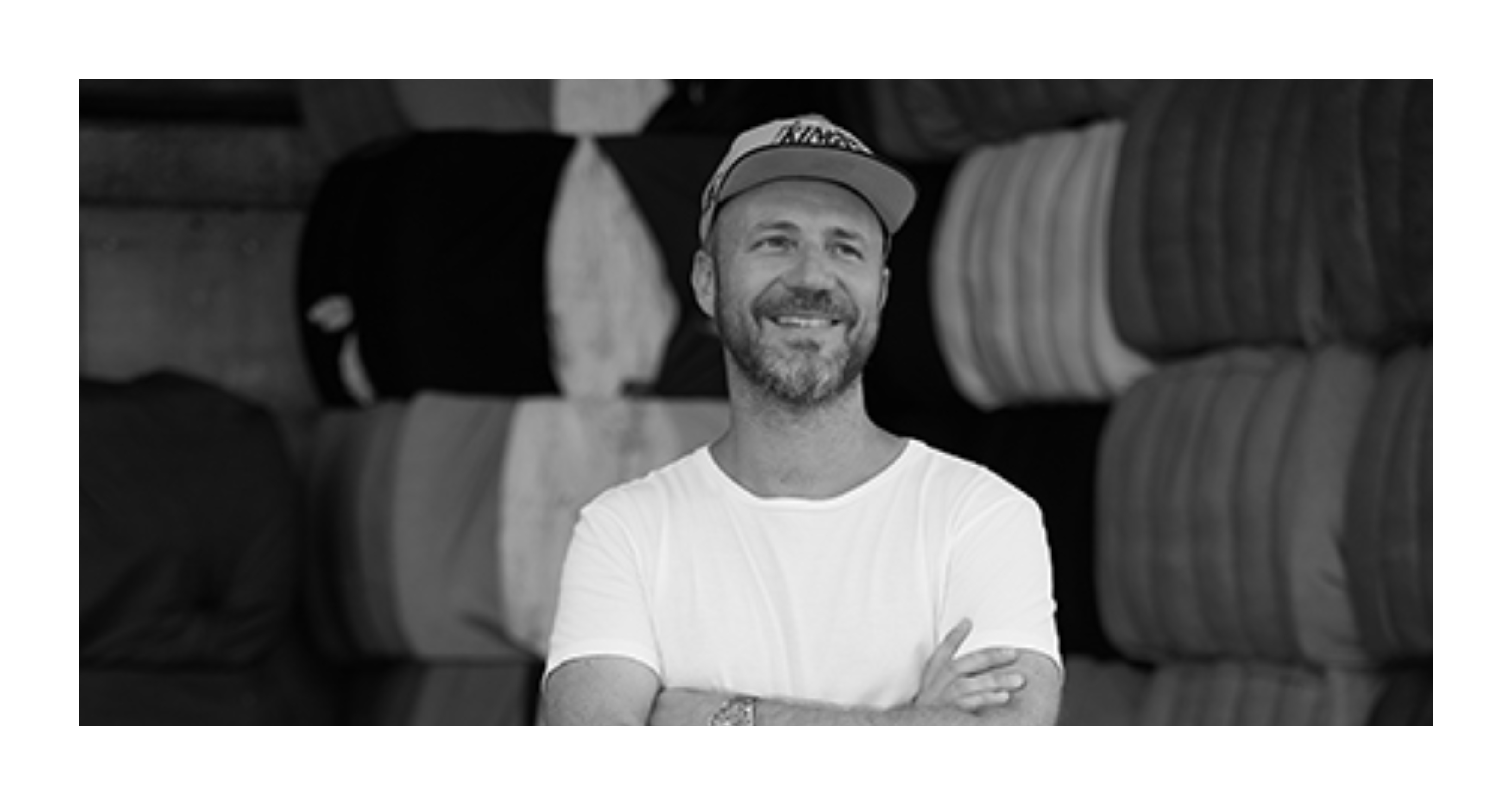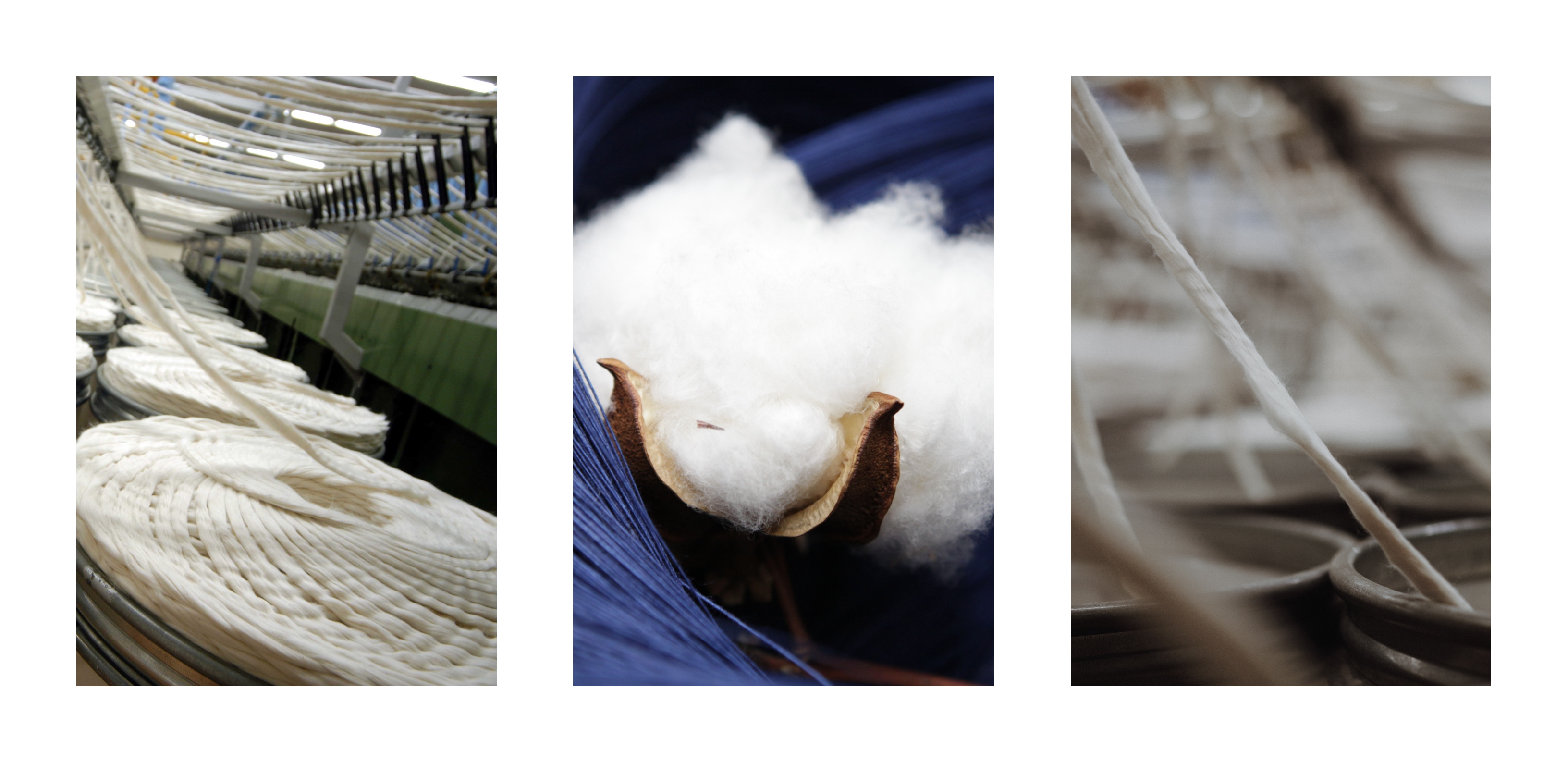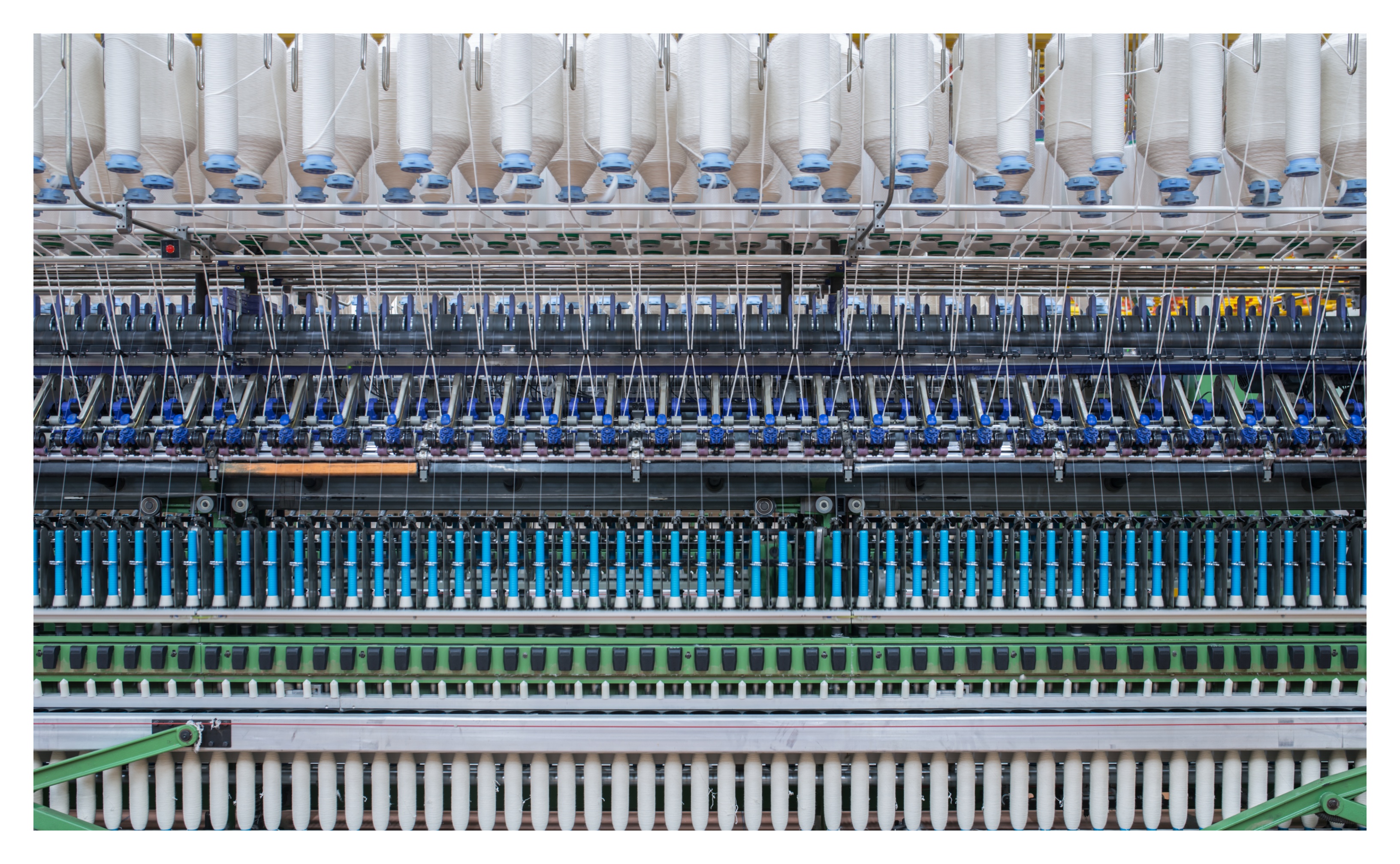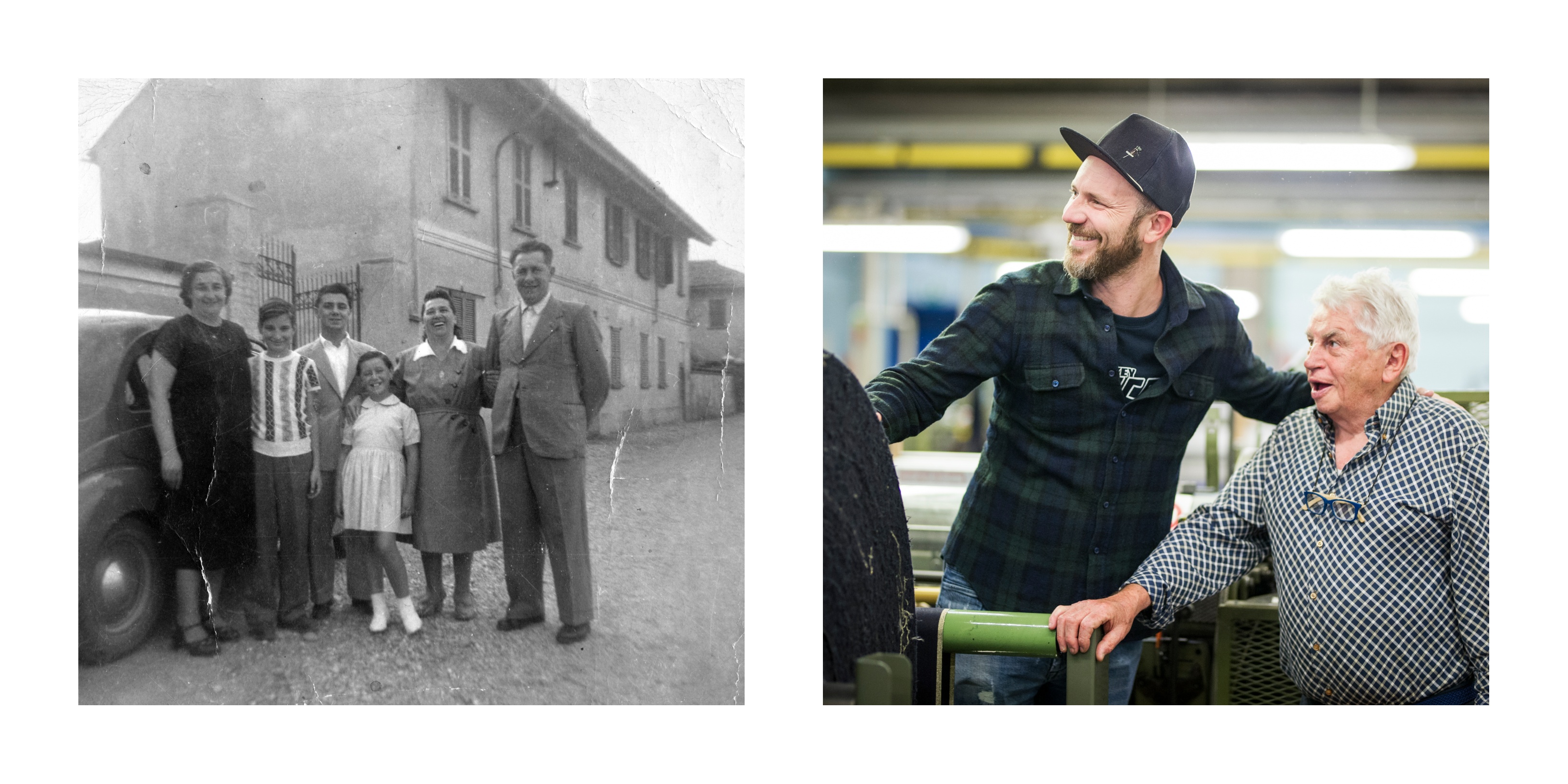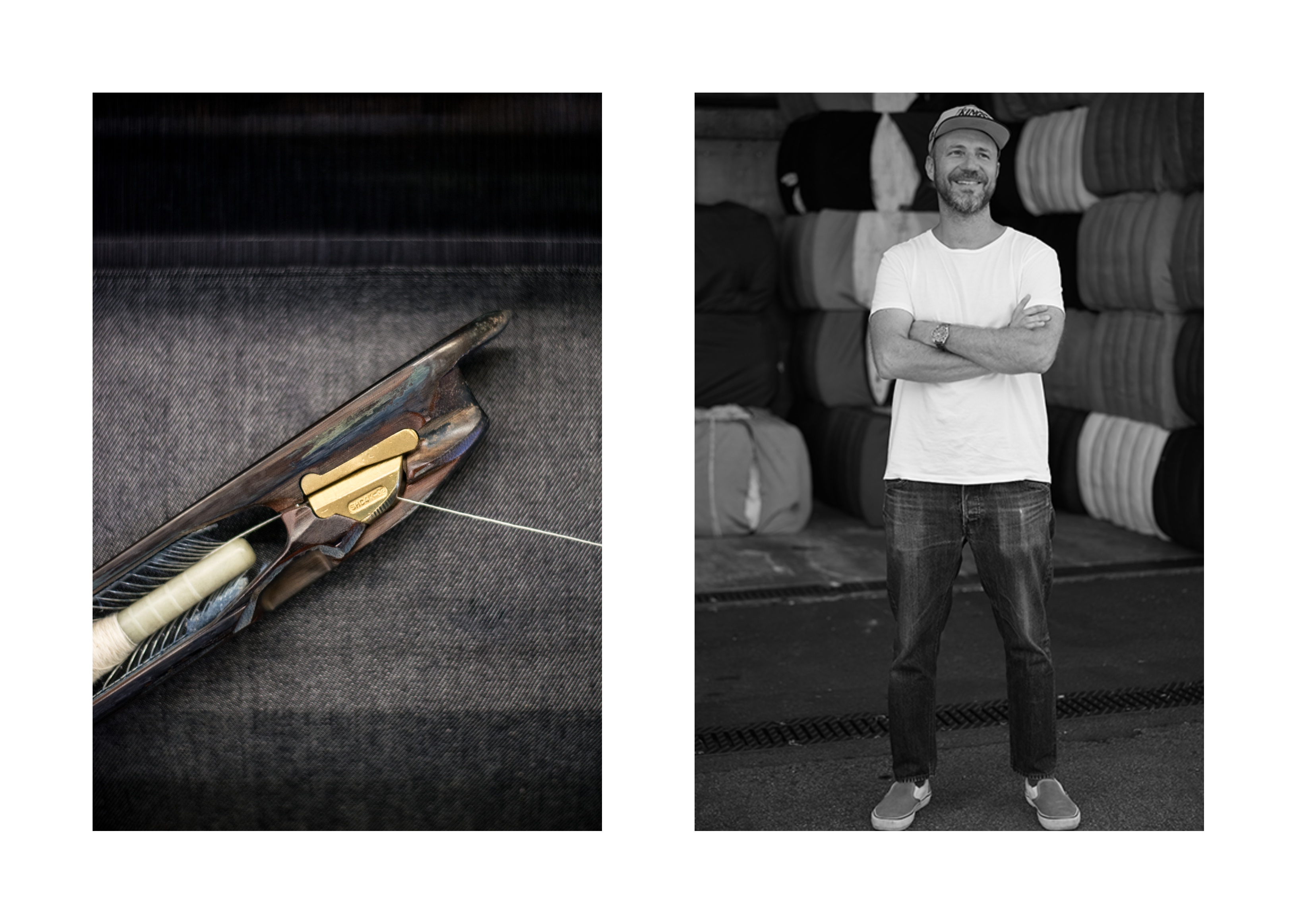Candiani is one of the most well known global denim mills. Only one of the few denim mills still in EU, Candiani has always been a path breaker and has not only shown how to survive in difficult conditions but how to actually convert difficulties into opportunities and tak
One such wonderful opportunity has recently been created by the company in the form of innovative natural rubber stretch yarn – Coreva . The yarn opens up new vistas in the denim industry and we spoke to Alberto Candiani on how he came up with this development and how he plans to use it .
Congratulations Alberto on creating the groundbreaking technology ‘Coreva’ . With natural rubber stretch, this can be a great contributor to the sustainability goals of companies. How did you think about creating it?
Creation starts with a vision, an intuition that eventually needs to be turned into something real. This particular vision also comes with a pretty funny story too. I was looking into natural rubber already in 2014 as a possible solution to bio-degradable stretch Denim. Synthetic elastomers do not bio-degrade. In fact, I was obsessed with the idea that Denim and mainly stretch Denim (which is Candiani’s specialty) should be a bio-degradable material and eventually compostable.
This is because I strongly believe the overflowing of landfills is currently one of the biggest issues the fashion industry faces and PCR is not quite there yet in order to make a relevant impact. So, one day I was shopping for cold cuts in my favorite delicatessen and I realized that the netting around the actual salami was a very bouncy elastic rope. That caught my attention and that’s how it all started. Of course, that specific rubber type couldn’t work for my purpose, but it led me to research in the right direction. As I said, the vision doesn’t come with a manual or instructions and it’s for this using reason why it took us years to fine-tune the actual technology, patent it and ensure its scalability.
 In technical terms how is Coreva different from spandex.
Coreva is a plant-based elastic made out of natural rubber while spandex (or common elastomers) are composed of synthetic polymers and are petrol-based. So, the main differences to be underlined are that Coreva is a bio-degradable stretch technology coming from renewable sources. Of course, part of the innovative aspect is the fact Coreva is processed through a smart vulcanization process that ensures bio-degradability, embedding durability and performance into the Coreva yarns at the same time.
 You have collaborated with Denham for launching this unique product. How has their launch been and the response on the same?
 We needed a partner to finalize the R&D process at the garment stage, someone we could trust and rely on.  That is why we selected Denham. Jason is a friend who shares the same passion for Denim and innovation as I do, and he’s always been a loyal Candiani customer. We also required secrecy and loads of patience. Denham started to play with this new technology, crafting some Jeans with the Coreva technology, we washed them and tested everything you can think of in our Design Centers, in Milan and Los Angeles.
The launch happened to be in Japan at the re-opening of Parco, a marvelous department store in Shibuya (Tokyo) where Denham has a prime spot. The reaction has been great, there is a lot of hype. We made a custom selvedge item with Coreva exclusively for Denham and it did catch the attention of everyone, even the roughest Denim-heads, and the purists because no one has ever seen a natural stretch fabric before.
You have been at the forefront of many Green Initiatives. What else Candiani is currency focusing on in terms of reducing their environmental footprint?
One of our main concerns is always water. We are looking to reduce the amount of general water use and the water we may waste. It’s our goal to increase the actual amount that can be recycled and re-used. There are multiple investments and interventions going on while we speak. Our focus is also on regenerative and regenerated materials and ingredients.
Denim can be done much better with a much lower impact on the environment. That “simply” requires better ingredients, smarter technologies, extreme R&D, a circular industrial approach and some crazy efforts in order to try to stay competitive. The Kitotex® technology, for instance, has been a true revelation in this sense: a smart ingredient which through its “out-of-the-box” application made us discharge much less and much cleaner water, getting rid of all those nasty chemicals normally utilized to size the yarns, that might generate micro-plastics.
Fashion has undergone great change over the last 2 decades. We have seen denim fashion evolving with Premium denims coming strongly, then fast fashion really taking things over and now there is an increasing awareness against its ill effects. How do you think the industry will move in the next 2-3 years.
 We all agree the new “premium†is sustainable innovation. We should always keep in mind the word “premium†comes from the premium price consumers are willing to pay for better quality. I believe the consumer is now demanding better products, cleaner products and most of the people are willing to spend a little more to get something better. But that something needs to come with a story, explanation and proof of what makes that something “premiumâ€, otherwise how can the consumer differentiate between true innovation and greenwashing.
At Candiani we’ve always known how to make beautiful fabrics, the challenge was keeping the aesthetic while achieving a much lower impact on the environment during production. I believe the future is about regenerated and regenerative materials. For sure the next 2-3 years will see major improvements coming on the PCR (post-consumer recycled) side. 2020 was meant to be the year of the change but not many mills and brands really made it. Most of the industry will catch up, what I keep repeating is that we need true innovation to make a big change, not just marketing. Transparency and traceability will also be huge factors in the next couple of years and will certainly help to clear up some of the massive greenwashing that took place in the past 5 years.
Lack of universal criteria for sustainable productions leads to confusion in the minds of the consumers and they are not sure which claim is right and which is not. Do you think we will be able to evolve a single universal sustainability rating system that will be very easy to understand for them?
I find this extremely difficult because there are too many factors to consider. Especially in the Denim industry. We are playing a global game where each player is given different rules. Most of the institutions, foundations, and certifiers involved in this mess are always missing this point.
Since you are top of what is happening globally in denim, it would be great to know from you what would be the top 2-3 trends for denim for upcoming seasons.
There is a little confusion right now. Authentic looks with great performance, rustic yarns, and shades, but I also see some more polished Denim being resurrected. Heavier weight and pretty twill lines, loads of Black Denim too.
Your advice to the industry
My advice is not to overproduce and whatever you may produce try to make it right because there is way too much crap out there. The number of jeans that goes to landfills even before reaching the stores is nuts, we are probably talking about 200MLN pairs every year. I know this is not going to sound very popular especially in our industry which is always seeking volumes and growth. Produce less, produce it better and try to stay competitive while telling your story honestly and transparently.

